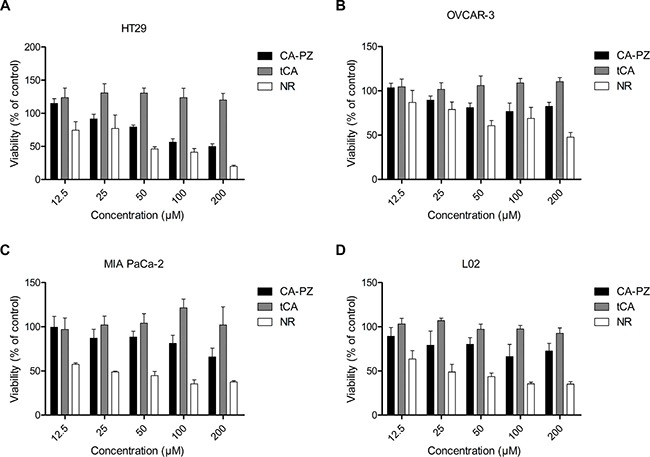Figure 3. Cell viability for different cancer cell lines and the non-cancerous cell line.

Cells were seeded at a density of (3–5) × 103/well in 96-well plates and treated with various concentrations of CA-PZ, tCA and NR for 72 h, respectively. (A) HT29 colon carcinoma cells. (B) OVCAR-3 ovarian carcinoma cells. (C) MIA PaCa-2 pancreatic carcinoma cells. (D) The non-cancerous L02 hepatic cells. The results are means of triplicates from three separate experiments. As shown, CA-PZ inhibited cancer cell proliferation. HT29 cells were relatively more sensitive to CA-PZ; in addition, CA-PZ was more potent than tCA against various cancer lines. By contrast, the non-cancerous L02 hepatic cells were apparently insensitive to CA-PZ.
